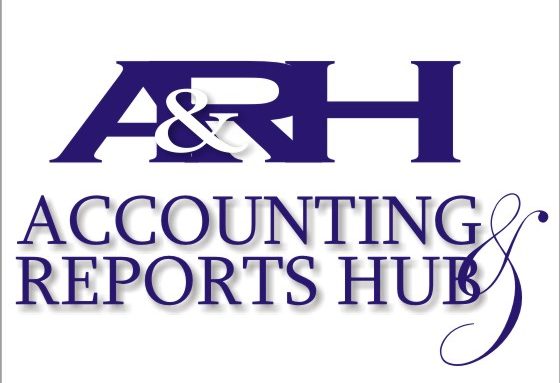A bookkeeping service involves recording and meticulously tracking the financial transactions of your business. Bookkeepers regularly summarize your business activity into financial reports, which showcase both the financial position and performance of your business.
Here are some key aspects of bookkeeping services:
Accurate Financials: Bookkeeping services ensure that your Accurate Financials: Bookkeeping services ensure that your financial records are precise and up-to-date. This includes recording income, expenses, and other financial transactions.
Dedicated Experts: Bookkeeping services often provide a team of experts who review your transactions and prepare monthly financial statements. These professionals help maintain accurate records and offer support when needed.
Financial Software: Many bookkeeping services use user-friendly financial software to streamline the process. By connecting your accounts, you can access real-time insights and stay in control of your money.
Tax Season Support: During tax season, bookkeeping services provide essential resources for filing your business taxes with confidence. Some services even offer expert tax preparation and advisory support2.
In summary, bookkeeping services play a crucial role in maintaining clear financial records, allowing business owners to focus on growth and decision-making
The goal is rendering the best assistance, at perfect time, to perfect people, providing them with relevant information so that decision makers can make more informed choices.

Title

What is data processing?
Data processing occurs when data is collected and translated into usable information.
Data Processing is the end-to-end process of collecting raw data and turning it into useful and actionable knowledge. It also includes data reporting and data storage. We can collect data manually or automatically.
it is important for data processing to be done correctly as not to negatively affect the end product, or data output.
Six stages of data processing
1. Data collection
Collecting data is the first step in data processing. Data is pulled from available sources. It is important that the data sources available are trustworthy and of the highest possible quality.
2. Data preparation
Once the data is collected. Data preparation, often referred to as “pre-processing” is the stage at which raw data is cleaned up and organized for the following stage of data processing. During preparation, raw data is diligently checked for any errors. The purpose of this step is to eliminate bad data (redundant, incomplete, or incorrect data) and begin to create high-quality data for the best business intelligence.
3. Data input
The clean data is then translated into a language that can be understood. Data input is the first stage in which raw data begins to take the form of usable information.
4. Processing
During this stage, the data inputted to the computer is actually processed for interpretation, identifying the relevant content, examining patterns, determining customer needs and its intended use.
5. Data output/interpretation
The output/interpretation stage is the stage at which data is finally usable, it is translated, readable, and often in the form of graphs, videos, images, plain text, excel etc.). Customers can now begin to self-serve the data for their own data analytics projects.
6. Data storage
The final stage of data processing is the storage of information in a format that is accessible and usable and then stored for future use. While some information may be put to use immediately, much of it will serve a purpose later on.
-
The objective of a compilation is to assist management in presenting financial information in the form of financial statements. Essentially, the accountant takes company-provided data and creates financial reports in the appropriate format. During a compilation, the accountant gains a general understanding of the business and its financial reporting with no effort to verify this information.
-
In a review engagement, the auditor conducts analytical procedures and makes inquiries to ascertain whether the information contained within the financial statements is correct. The result is a limited level of assurance that the financial statements being presented do not require any material modifications.

Title



